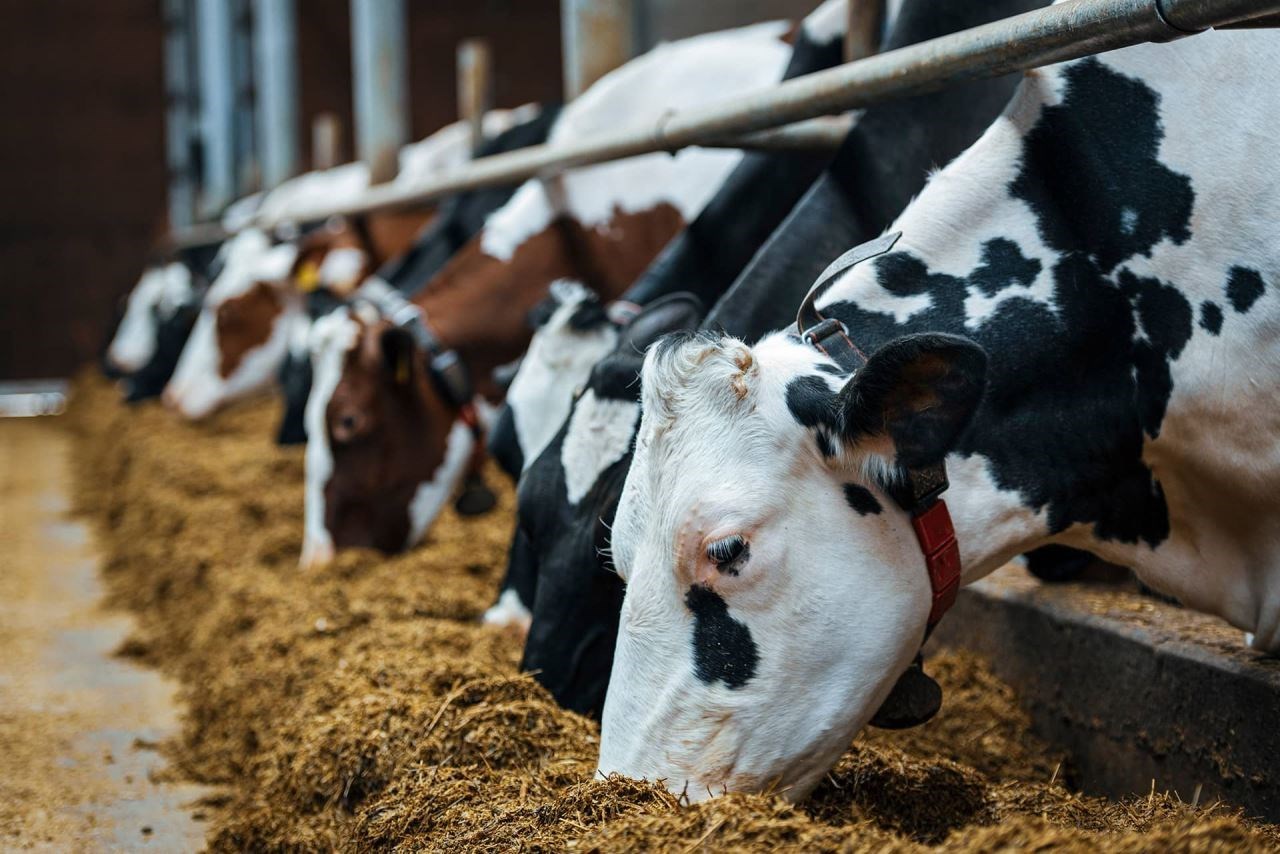With many herds starting their Autumn calving next month it is key to be prepared for successful calving block management. We have reviewed the key areas to monitor for success:
- Dry cow and Transition Management
- Fresh Cow and Early Lactation Management
- Fertility Management to Maintain a Tight Block
Dry cow and transition management
The body condition score that a cow is dried off at can greatly impact her performance in the next lactation. Cows that are over condition BCS 3+ will likely suffer for metabolic conditions such as ketosis, which will affect her yield and fertility. Cows that are over conditioned should be held back during the far off dry period but not comprised during the 21 – 28 day transition period.
All cows and heifers should be moved onto your bespoke transition diet 21 – 28 days before calving. Ideally, cows should be housed at this stage so that the diet can be controlled and the intakes monitored. The transition diet will be formulated to expand the rumen to maximise dry matter intakes when freshly calved, get the rumen bugs ready to digest the starch and protein in the milking cow diet, and minimise the risk of metabolic disorders such milk fever and retained cleansings.
Pre chop straw for these diets if possible as this will maximise intakes.
Getting the transition period wrong will lower colostrum quality and therefore affect calf health and performance too.
fresh cow and early lactation management
It is key to maximise dry matter intakes once the cow has calved. Dehydration post calving can be an issue, so as soon as she has calved, give her a bucket of warm water with electrolytes in to help her get up and feel like eating. Ensure there is fresh good quality TMR on offer as soon as possible too. If she has had a good calving and there is no sign of milk fever, remove the calf after 6-12 hours, milk the cow and put her back in with the milking herd where she can have plenty of feed space provided and a fresh good quality mix of TMR available at all times. High levels of dry matter intake soon after calving will prevent issues such as DA’s, ensure she reaches peak production quickly, and prevents her losing too much weight.
The areas to review include the diet presentation, mix quality, mix quantity, access to feed/water and time to feed. Keep an eye on the gut fill of the fresh calvers to make sure that they are up and eating, check their rumination levels too, and keep an eye out for whites/retained cleansings as these really drag a fresh calvers performance down.
fertility management to maintain a tight block
The performance through a 12 week period of serving will have a great impact on the business for the next 18 months. If cows slip within the block, or do not get pregnant at all, it will have a significant impact on milk sales next year and overall farm profitability.
Achieving a 90% submission rate in the 1st 3 weeks will give you the best chance of maintaining a tight block calving
Your pre breeding management needs to start at least 6 weeks before you start serving. Key points to consider are outlined below:
- Set up the groups early so they have time to settle with each other. Don’t introduce new animals to the group if you can help it during the service period.
- Group heifers separately if you can as this will improve their conception rates and maximise their bulling activity.
- Do not make diet changes during the service period. Introduce any energy sources such as Dynalac at least 6 weeks before the start of serving if required.
- Blood test a selection of mature cows and heifers at least 6 weeks before service to check energy and protein levels so that changes can be made to the diet if necessary.
- Record all heats from cows and bulling heifers at least 3 weeks before you start serving.
- Have routine vet visits booked in for PNC cows, check non bullers and PD as soon as possible.
- Ensure anyone who is observing the herd for bullers is fully trained in heat detection.
- If using a heat detection management system, ensure that it is working and time your services as recommended by the system. But don’t stop looking at the cows!
- Using more than one method of heat detection will give you the best results.
- When coming to the end of the serving period the Voluntary Waiting Period should be reduced to 30 days to increase the number of cows being served at the end of the block. If you don’t serve a cow, she definitely won’t get in calf! But if you do there is a chance!



